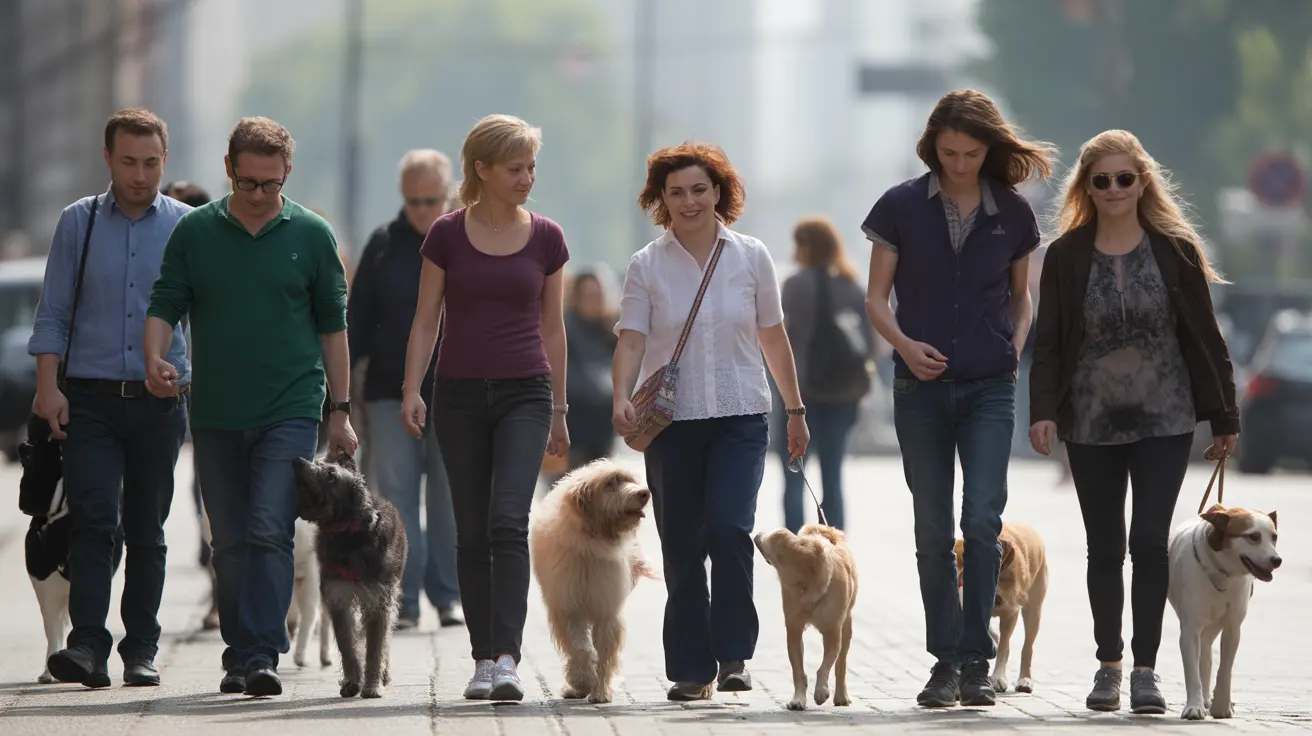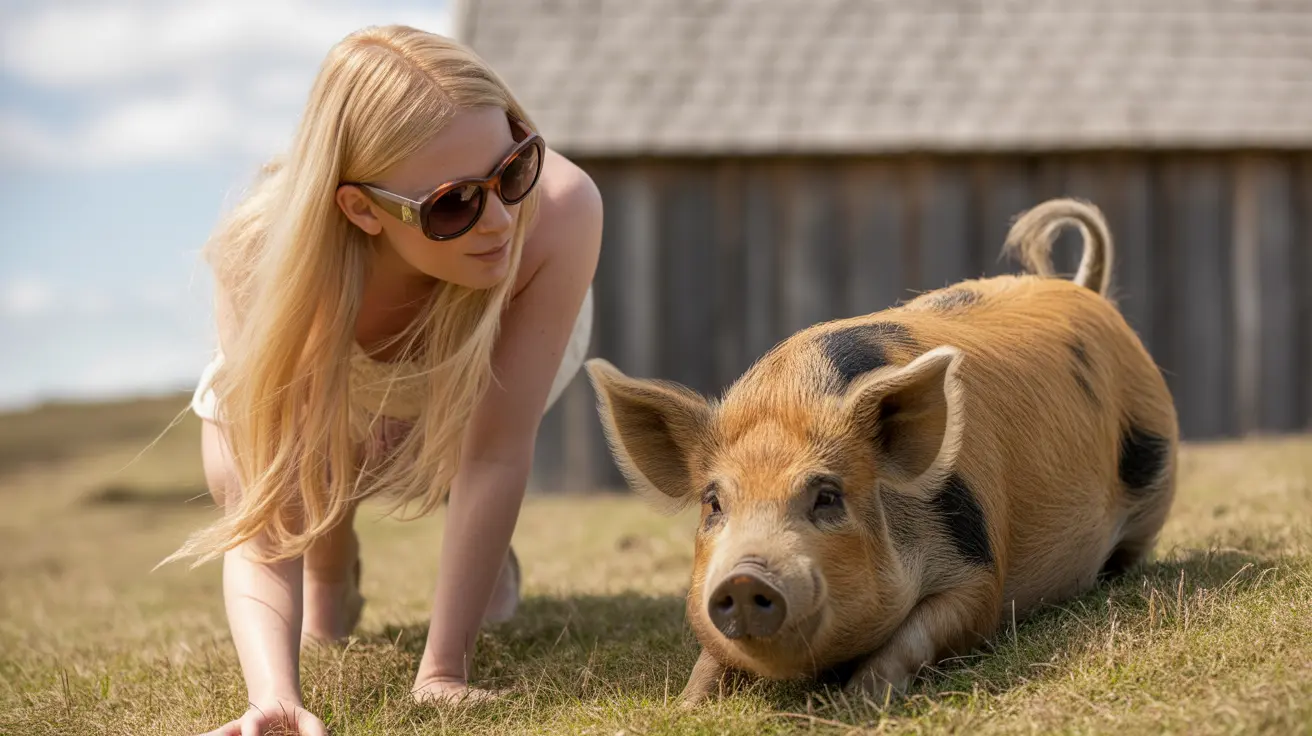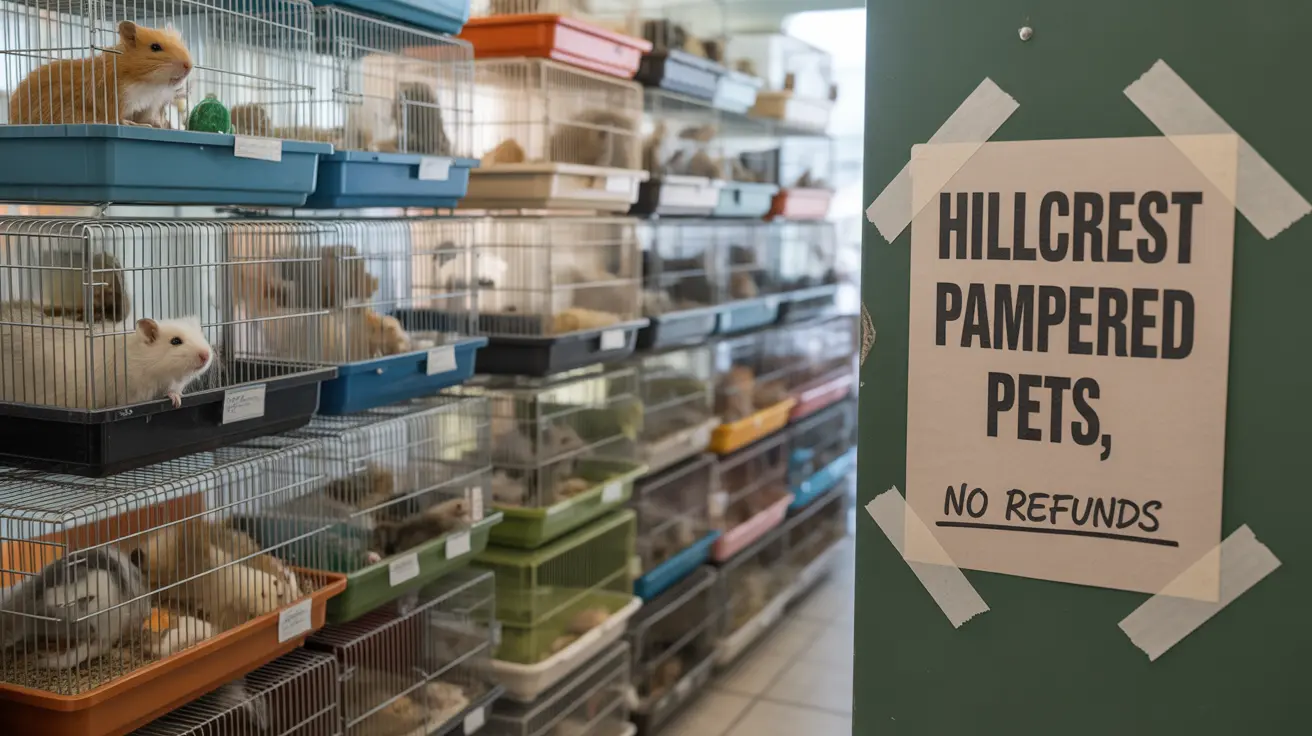The Afghan Hound: An Elegant and Ancient Sighthound
The Afghan Hound stands out among dog breeds for its unique beauty, aristocratic bearing, and fascinating history. With roots in the cold mountains of Afghanistan, this breed has captivated dog lovers worldwide with its distinctive coat, athleticism, and complex personality.
Origin and History
Tracing back centuries, the Afghan Hound is considered a basal breed, predating most modern dogs. Originating in Afghanistan's rugged landscape, it was developed to hunt small game by sight rather than scent. Its local names include Sag-e Tāzī and Tāžī Spay in Dari and Pashto. The breed shares ancestry with other ancient sighthounds like the Saluki, Tazy (from Russia and Turkmenistan), Taigan (from the Tian Shan region), and Barakzai or Kurram Valley Hounds.
British soldiers brought Afghan Hounds to England in the late 19th century, initially calling them Persian Greyhounds. A pivotal dog named Zardin arrived from India in 1907 and helped set the early breed standard. Two main strains shaped today's Afghan Hound: the Bell-Murray (less heavily coated, steppe/desert type) and Ghazni (more heavily coated mountain type). These lines were combined into a single standard by 1948.
- Khalag Tazi: Introduced to Europe from Afghanistan in 1920.
- Bakhmull: Also called Aboriginal Afghan Hound; bred mainly in Russia with a long silky coat adapted to the Hindu Kush region.
Physical Characteristics
The Afghan Hound is medium-large, standing 61–74 cm (24–29 inches) tall and weighing 20–27 kg (44–60 pounds). Its most striking feature is its thick, fine, silky coat, which comes in many colors—though white markings on the head are discouraged. Many have a black facial mask or a beard known as a mandarin. The long topknot on the head contrasts with a shorter-haired saddle on the back. Their tails end with a characteristic ring curl.
- Paw-pads: Large pads act as shock absorbers on rocky ground.
- Hipbones: High-set hips help navigate rough terrain.
- Sight: Exceptional eyesight for spotting prey at great distances.
Their luxurious coats require significant grooming—several hours of brushing each week to prevent mats. Regular bathing and blow-drying are recommended. Some owners use snoods during feeding to keep hair clean.
Temperament and Behavior
The Afghan Hound is known for being dignified, aloof with strangers but deeply loyal to family members. Despite their regal demeanor, they can be silly and clownish when playing with those they trust. They are independent thinkers—sometimes stubborn—and have a high prey drive due to their hunting heritage.
- Loyalty: Profoundly attached to their people but selective about showing affection.
- Barking: Typically quiet; not prone to excessive barking.
- Prey Drive: Strong instinct to chase small animals; off-leash exercise should be limited to fenced areas.
The breed ranks low in obedience intelligence—they need many repetitions to learn commands—but respond well to patient training using positive reinforcement. Early socialization helps them adjust better to new situations and people.
Exercise Needs
This breed requires about two hours of daily exercise. They thrive on activities like lure coursing, hiking, running, or swimming. Because of their speed and agility—and tendency to chase moving objects—secure fencing is essential for safe playtime off leash.
Health Considerations
The average lifespan of an Afghan Hound is around 11–14 years. They're generally healthy but susceptible to certain conditions:
- Chylothorax: Lymphatic fluid leakage into the chest cavity; can be fatal if untreated.
- Cancer & Allergies: Common health issues for this breed.
- Hip Dysplasia: Joint problems affecting mobility.
- Sensitivity to Anesthesia: Due to low body fat content.
- Bloat (Gastric Dilation & Volvulus): Life-threatening stomach condition; avoid intense exercise around meals.
- Cataracts & Progressive Retinal Atrophy: Eye problems that may cause vision loss.
- Laryngeal Paralysis & Cardiomyopathy: Respiratory or heart issues more common in males.
Diligent breeders screen for hereditary issues (hips, eyes, thyroid) before breeding. Responsible ownership includes regular veterinary checkups and prompt attention to health changes.
Nutritional Needs
A high-quality diet rich in protein suits this active breed best. Adults typically eat about 2–2.5 cups of dry food per day divided into two meals; always provide fresh water. Weight management helps prevent obesity-related health problems. Feeding on a schedule—and slowing down fast eaters—can reduce bloat risk; some owners opt for preventative gastropexy surgery if recommended by their vet.
Caring for an Afghan Hound
- Grooming: Brush several times weekly; regular baths; inspect ears often; consider shorter trims if not showing your dog professionally.
- Mental Stimulation: Engage them with games or lure coursing—they're intelligent but easily bored by repetitive tasks!
- Shelter & Comfort: Their fine coats protect against cold but not extreme wet or heat—provide shelter as needed during harsh weather conditions.
Puppies & Adoption
Puppies usually cost between $2,000–$3,000 from reputable breeders; adoption through rescue organizations is also possible (and sometimes less expensive). The Afghan Hound Club of America offers guidance on finding responsible sources.
Awards & Pop Culture Presence
- Crufts Best in Show winner: 1928 & 1930
- Westminster Best in Show winner: 1957 & 1983
Their striking looks have inspired artists like Pablo Picasso (his Chicago statue was modeled after an Afghan Hound) and appearances in films such as "Lady and the Tramp II," "One Hundred and One Dalmatians," "Balto," "Pound Puppies," "Bluey," as well as literature by Virginia Woolf.
A Unique Companion
If you're seeking a loyal yet independent companion who turns heads wherever they go—and you're ready for substantial grooming—the Afghan Hound could be your ideal pet.





